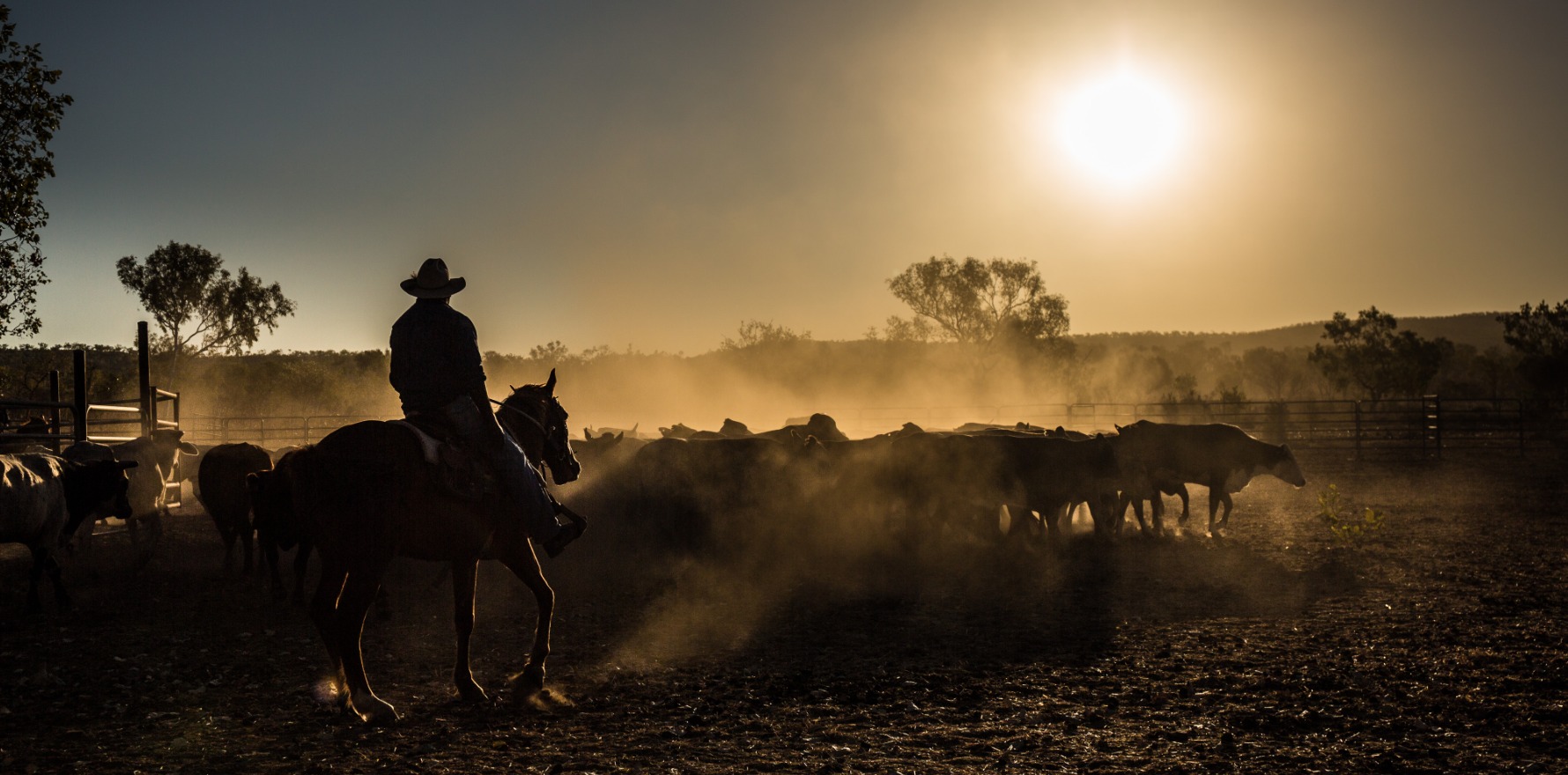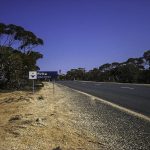Should regional centres receive funding earmarked for rural training?
The Rural Doctors Association of Australia has put forward a costed wishlist in its budget submission, as part of a push to redefine what constitutes “rural” under the Modified Monash Model (MM).
Currently, locations classified MM2-7 are considered rural in the eyes of the government, and all are therefore eligible to receive grants and funding intended to address the maldistribution of the medical workforce.
But the RDAA says truly rural areas are losing out to regional centres with more advantages.
The MM has only been in use since January 2020 and draws on census data to classify areas as metropolitan, regional, rural or remote according to geographical remoteness and town size.
These grants, funds and programs primarily exist as an incentive for medical professionals to live and work rurally, according to RDAA President Dr John Hall.
“Health outcomes are significantly worse in rural and remote Australia, which is linked to lack of access to care,” Dr Hall said.
“Doctors, nurses, and allied health in these [rural] areas are more difficult to recruit and retain.
“This is why there have been programs that are designed to provide incentives, increased support for training, and, and increased support for retention.”
MM2 areas are regional centres – places like Ballarat, Hobart and Cairns – which either have over 50,000 residents or are within a 20km drive of a town which does.
Dr Hall argues these areas are, in fact, absorbing federal grants meant to help attract doctors to “real rural” areas.
“A lot of programs are designed to provide better support for rural practices,” Dr Hall told TMR.
“But if large portions of this money is being spent on [doctors working in] highly populated regional centres, then obviously there’s less money in the bucket to spend on genuine rural workforce programs.”
While Dr Hall acknowledged there were workforce issues in both regional centres and metro areas, he said these should be addressed with targeted funding and programs, rather than with funds earmarked for the bush.
According to Dr Hall, targeted rural workforce programs could be funded with what he says is a $2 billion rural underspend on Medicare.
“The government’s actually saving a significant amount of Medicare spend in the bush, because rural communities can’t access care,” he told TMR.
“That money, in our view, should be reinvested into programs or block funding that would support and improve access to care for these communities, and it needs to be specifically tied to rural.”
In its 2021 budget submission, the RDAA has outlined the specifics of this plan, and how the existing money allocated to rural health could be reinvested to achieve more tangible results.
“Over one billion dollars is invested each year into initiatives aimed at improving access to doctors in the bush,” Dr Hall said in a press release regarding their budget submission.
“That we are still facing the same problems, year after year, decade after decade, shows the systemic failure of many of these programs, with existing issues clearly not being solved by the current system.”
Certain programs warrant more funding, according to Dr Hall, such as the Rural Junior Doctor Innovation Fund, which replaced the Prevocational General Practice Placements Program (PGPPP).
“Every rural doctor out there who has provided feedback to us said the PGPPP made a real difference to their medical practices, and yet it was scrapped while other, very expensive programs that deliver few tangible results in actually rural areas continue to be rolled out. This needs to stop,” Dr Hall said.
Another reason why rurally targeted funding is necessary, Dr Hall told TMR, is because doctors who work in very rural or remote settings have drastically different day-to-day experiences and needs from those working in regional or metropolitan areas.
“It is the difference between a doctor working as a GP only doing office-based care, as opposed to the GPs who have to work across hospitals as well as general practice, which is [the model of care] generally seen in MM3 to MM7,” said Dr Hall.
The RDAA’s request for reassessment of what constitutes rural comes as both Tasmania and New South Wales begin separate enquiries into rural health outcomes.





